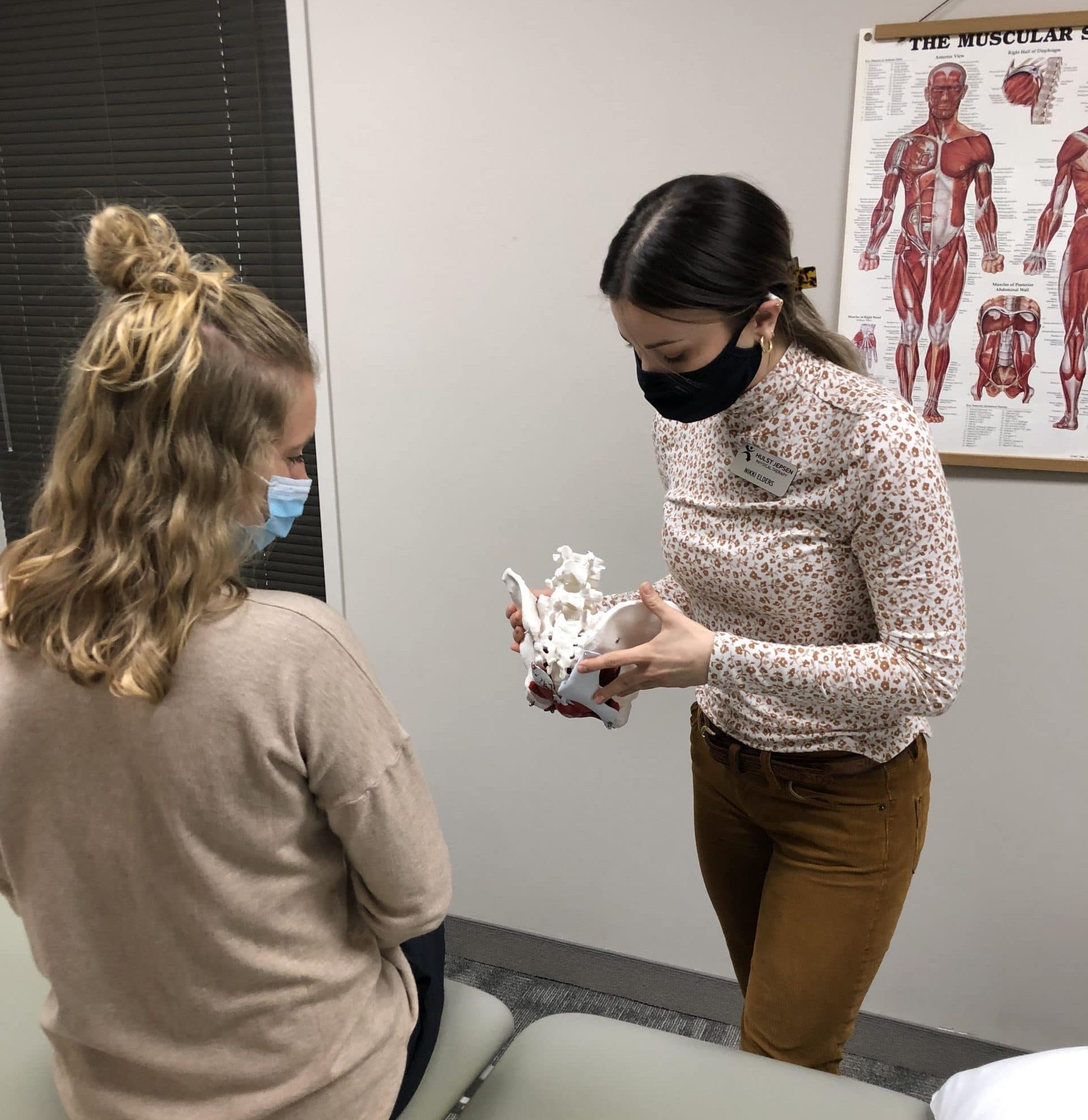The New Standard of Postpartum Care

The New Standard of Postpartum Care: Pelvic Floor Physical Therapy
On average, 3.75 million women give birth in the United States per year, and 100% of them will have some level of injury because of it. Those injuries will be perineal, abdominal, or both. There will be muscle strains, ligamentous sprains, and soft tissue tearing, bruising and swelling. Women’s bodies go through significant tissue changes in abdominal and pelvic areas no matter the type of delivery, but they are often sent home and expected to return to normal pain-free function without specific care. It is customary to have physical therapy treatment for back pain, or after a knee injury, so why shouldn’t it be the same after the marathon of pregnancy and delivery?
Did you know that in many European countries and Australia it is the standard of care to have physical therapy following pregnancy? A misconception is that something should be terribly wrong or injured to come in for physical therapy, but recovery from pregnancy and delivery is a valid cause to seek care, even if significant pain or dysfunction is not present. Many times while working with someone for pelvic floor rehabilitation after delivery we get the chance to address back and hip issues that could have greatly worsened if not treated. How great to be able to get ahead of pain and loss of function before they become more limiting!
How can we move toward a reality where postnatal physical therapy is the norm? We start by educating ourselves on the difference between “common” and “normal.” Though it is very common to experience accidental urinary leakage with strain following pregnancy, it is not normal and can be addressed*. It may be common to reduce one’s physical activity level after having children, but this is certainly not the way it has to be!
Next, we can take the step of advocating to get into physical therapy after delivery. One way to do this is to ask your provider for a referral to physical therapy. This could be for anything from strengthening the core and/or pelvic floor to pelvic pain, to bladder or bowel issues. Or they can just send a referral for pelvic floor physical therapy and keep it general! The other route you can take is to call one of our offices that offer pelvic floor physical therapy and begin physical therapy without a referral**.
The final step I would suggest for getting to a point where physical therapy postpartum is the standard of care is normalizing this type of treatment! We can share with friends or family when we have had pelvic floor physical therapy treatment when we are comfortable. We can report back to our medical providers that we got back to where we had been prior to pregnancy, through physical therapy. We can encourage others to get help if they struggle with one of the common (but not normal!!) issues that many women accept as part of life.
Let’s prioritize our health and wellbeing by making pelvic floor physical therapy after pregnancy the standard of care! We can do it if we work together and remember that we are worth taking the time and energy to recover well. For some of you reading this you might wonder if it is too late to seek care for issues that started during or after a pregnancy. Though I am certainly in favor of getting physical therapy treatment within the first few months after delivery, it is never too late to start rebuilding. I hope this post is helpful, and that you share it with your community!
Addressing postpartum health comprehensively means acknowledging both the physical and emotional challenges that new mothers face. Beyond physical therapy, many women need to manage the daily realities of postpartum recovery, which can include dealing with urinary incontinence. Ladies Incontinence Pads are an essential product for those managing this condition, providing comfort and confidence as they go about their daily activities. By normalizing the use of such products and discussing them openly, we can help reduce the stigma and encourage more women to seek the help they need.
As we prioritize our health post-pregnancy, it’s important to consider the support systems that can alleviate daily stresses and allow for optimal recovery. Hiring a postpartum nanny near me and professional housekeeping services can be invaluable during this period of adjustment. A postpartum nanny provides specialized care for both the newborn and the mother, offering assistance with feeding schedules, soothing techniques, and light household chores. Their presence allows new parents to focus on recuperating and bonding without the added strain of managing household tasks.
Call any of our clinics with pelvic floor physical therapists and we will be more than happy to assist you or answer questions. I am linking our pelvic floor specialty page from our site so you can learn where we offer this service.
https://www.hjphysicaltherapy.com/specialties/pelvic-floor-rehabilitation/
*Small volume urinary leakage with movement or strain can be normal for the first couple of weeks postpartum. If it persists it should be addressed as it is no longer normal.
**This is known as Direct Access. Most insurances are eligible other than federal plans (Medicare and Medicaid).
